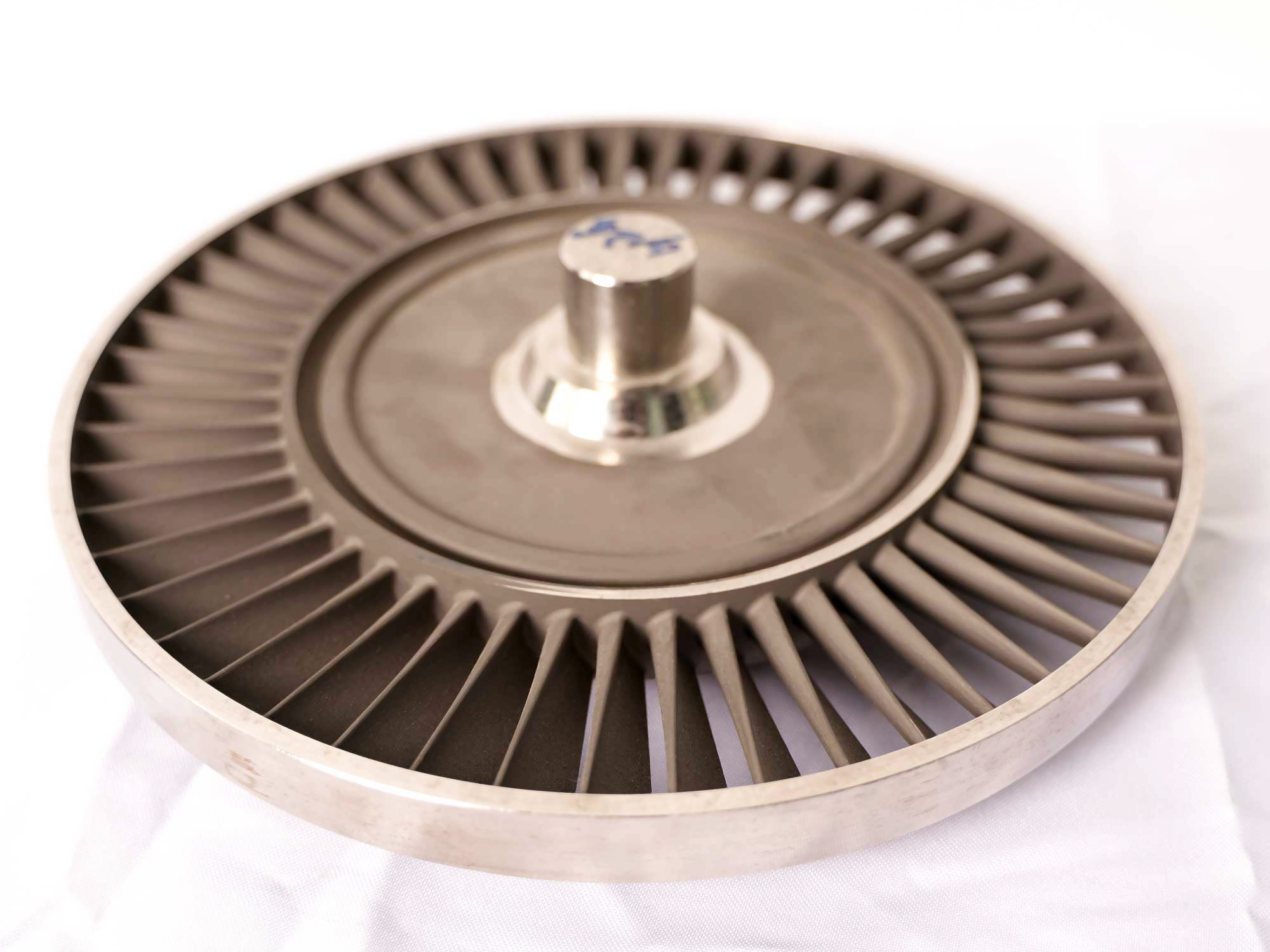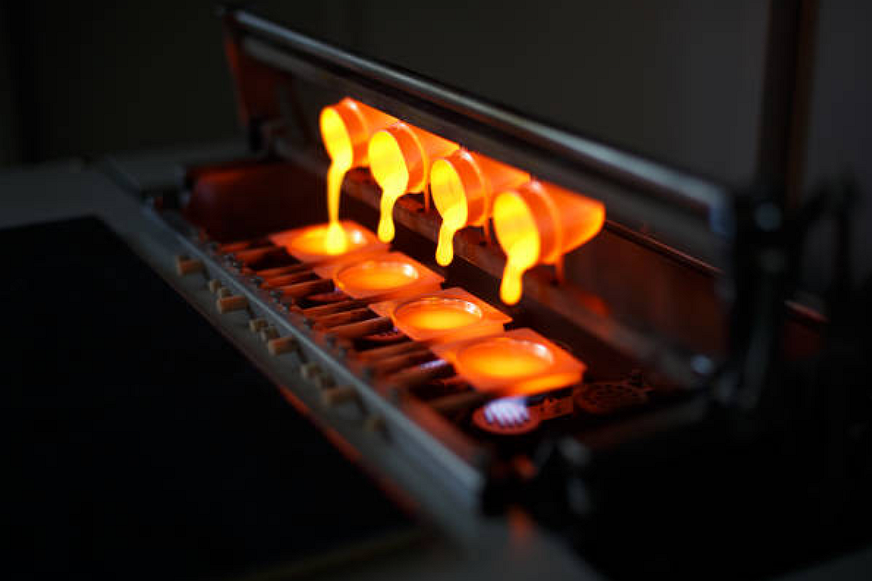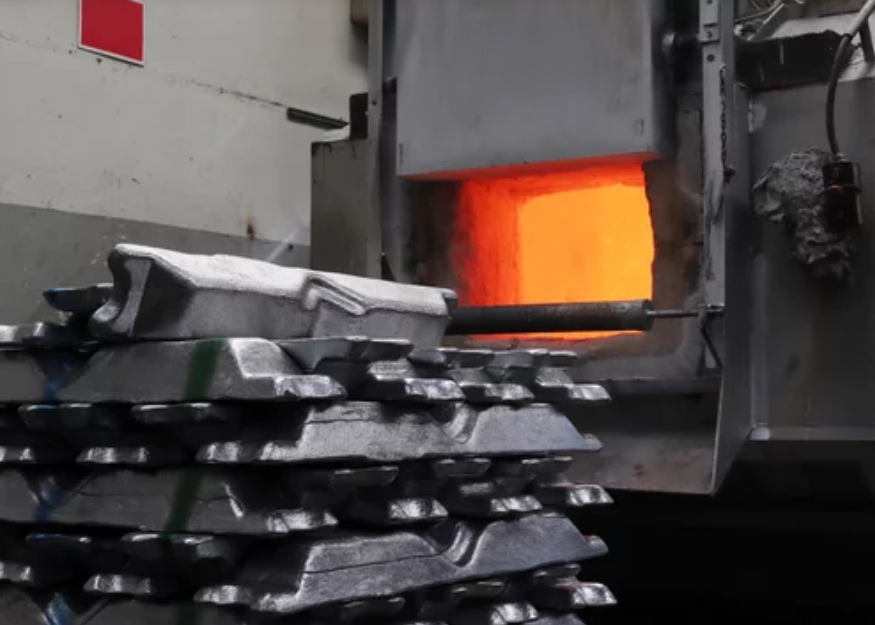Are there specific limitations or challenges associated with investment casting?
Are There Specific Limitations or Challenges Associated with Investment Casting?
Higher Initial Tooling and Lead Time
Investment casting requires the creation of custom wax patterns and ceramic shell molds, which increases tooling cost and lead time compared to processes like sand casting. For low-volume or prototype production, this can be less economical unless the parts demand high complexity and precision. Lead times typically range from 4 to 6 weeks, depending on part complexity.
Size Constraints
Although investment casting excels in producing intricate parts, it is less suitable for very large components. Most processes accommodate parts up to 100 kg, but optimal precision and cost-effectiveness are achieved in the 0.01–20 kg range. For larger parts, processes like sand casting or gravity casting may be more appropriate.
Brittle Shell Material Handling
The ceramic shell used for casting is relatively fragile before burnout. During shell handling and firing, care must be taken to avoid cracking, which could lead to casting defects or part rejection. This requires precise process control and skilled operators to maintain consistent quality.
Surface Porosity Risks
If not managed properly, gas entrapment and inclusions can result in surface porosity or internal defects. To overcome this, advanced techniques like vacuum casting, de-gassing, and shell drying control are used, especially in aerospace and medical device applications where structural integrity is critical.
Limited Material Thickness
Wall thickness below 0.5 mm can be challenging due to wax pattern fragility and incomplete mold filling. Conversely, excessively thick sections may lead to shrinkage defects or slow solidification. Design for manufacturability (DFM) guidelines are essential when planning part geometry.
Manufacturing Services That Overcome Investment Casting Challenges
Neway offers full-service investment casting with in-house tooling design, mold flow analysis, and CNC finishing to reduce risk and ensure performance. With 20+ years of expertise and ±0.01mm precision, we deliver optimized casting solutions for demanding industries.



